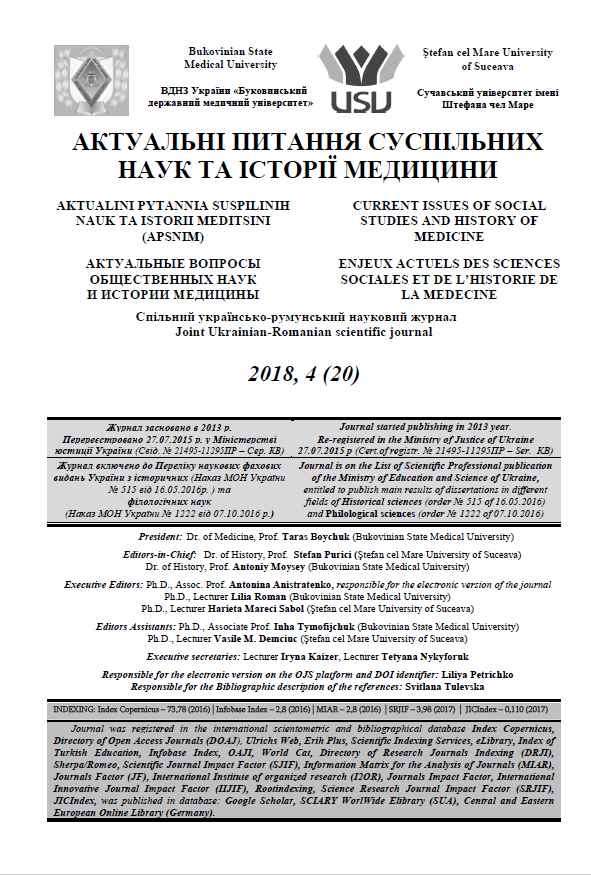ТОПОС СКІФІЇ У СЕРЕДНЬОВІЧНИХ ORIGO GENTIS
TOPOS OF SCYTHIA IN THE MEDIEVAL ORIGO GENTIS
Author(s): Gennadiy M. KazakevichSubject(s): Cultural history, Customs / Folklore, Middle Ages, Migration Studies
Published by: Видавництво ВДНЗ України « Буковинський державний медичний університет »
Keywords: Scythia; Greek and Roman geography; Origo gentis; Migration period; Ynglinga saga; Arbroath declaration;
Summary/Abstract: The concept of ‘Scythia as an ancestral homeland’ played an important role in the Medieval Origo gentis. The narratives about the origin of peoples aimed to contribute the construction of new identities in Europe after the Roman empire declined. Iordanes and Isidore of Seville considered Scythiaas either starting or passing point of the Gothic migrations. Bede the Venerable and anonymous authors of Lebor Gabála Érenn named Scythia as a homeland of the Picts and Scots, while in the IcelandicYnglinga sagait was considered as a native land of the Norse gods. It is widely accepted that the medieval intellectuals used the phonetic similarity of the ethnic and geographical terms Scythae/Scythia, Gothi, Scotti, Svíþjoð (Sweden) and Scedenig (Scandinavia) to construct links between the new ethnic and political entities, Classical history and biblical genealogy of peoples. This supposition is undoubtedly correct, however, it tends to oversimplify the conditions of the Early Medieval historiography’s development.
Journal: Актуальні питання суспільних наук та історії медицини
- Issue Year: 2018
- Issue No: 4
- Page Range: 46-49
- Page Count: 4
- Language: Ukrainian

